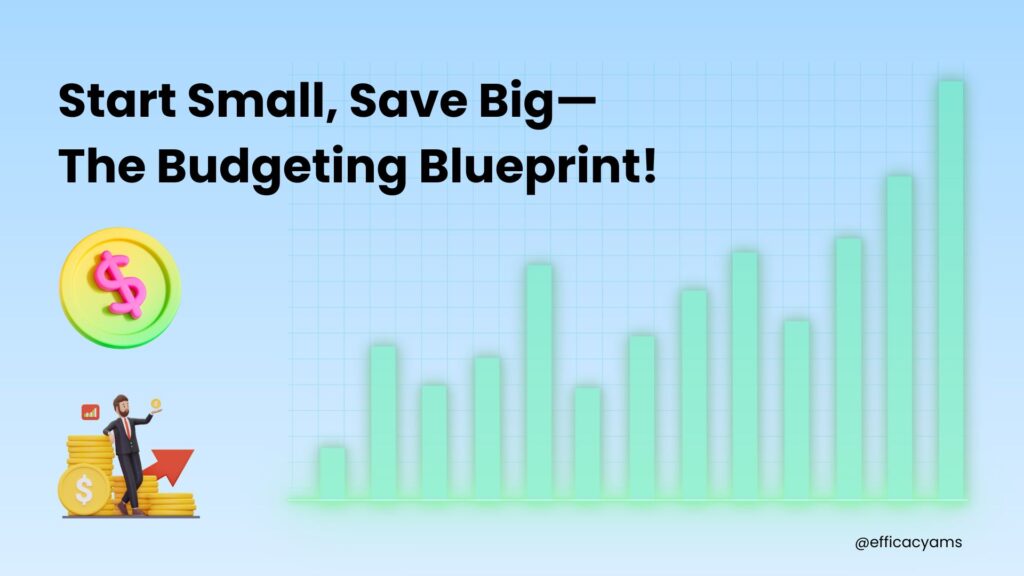
Introduction:
The Basics of Budgeting: Creating a Spending Plan That Works
Budgeting is the cornerstone of effective financial management. It’s more than just tracking expenses; it’s about having a clear plan for how you earn, save, and spend your money to achieve your financial goals. Whether you’re saving for a major life milestone, trying to pay off debt, or simply wanting to manage your monthly expenses better, a well-crafted budget can make all the difference.
What is Budgeting?
Budgeting is the process of creating a financial plan to allocate your income toward expenses, savings, and investments. It helps you prioritize your spending and ensures you live within your means. A good budget acts as a roadmap to financial security and stability.
Why is Budgeting Important?
- Provides Financial Clarity: Budgeting gives you a clear picture of where your money goes, helping you identify unnecessary expenses.
- Helps Avoid Debt: By spending within your means, you can avoid accumulating credit card debt or loans for daily needs.
- Promotes Savings: Budgeting makes it easier to set aside money for short-term and long-term goals, like an emergency fund or retirement.
- Reduces Financial Stress: With a budget in place, you can avoid surprises and feel more confident about your finances.
Steps to Create a Spending Plan That Works
1. Track Your Income and Expenses
- Start by understanding your cash flow. Write down all your sources of income, including salary, side hustles, or passive income.
- Track your expenses for at least one month. Break them into categories like fixed expenses (rent, utilities, insurance) and variable expenses (groceries, entertainment, dining out).
2. Set Financial Goals
- Define what you want to achieve with your money. Examples include building an emergency fund, paying off debt, or saving for a vacation.
- Categorize these as short-term (less than 1 year), medium-term (1-5 years), or long-term (5+ years).
3. Choose a Budgeting Method
There are several approaches to budgeting. Choose one that suits your financial situation and personality:
- 50/30/20 Rule: Allocate 50% of your income to needs, 30% to wants, and 20% to savings and debt repayment.
- Zero-Based Budgeting: Assign every dollar a job, ensuring your income minus expenses equals zero.
- Envelope System: Use cash for specific categories, like groceries and entertainment, to control spending.
4. Create Your Spending Plan
- Based on your chosen method, allocate a portion of your income to each expense category.
- Be realistic and account for unexpected costs by setting aside a small buffer amount.
Budgeting Tools to Make Life Easier
- Mobile Apps: Use apps like YNAB (You Need A Budget), or PocketGuard to simplify tracking and managing expenses.
- Spreadsheets: Create a custom Excel or Google Sheets budget for more control and flexibility.
- Banking Features: Many banks offer budgeting tools and insights directly through their online platforms.
Conclusion:
Budgeting is not about restrictions; it’s about empowerment. By understanding your spending habits, setting realistic goals, and making informed decisions, you can take control of your finances and build a secure future. Whether you’re just starting or looking to refine your existing plan, a solid budget can lead to lasting financial peace.
Start today, one step at a time, and watch how a well-crafted budget transforms your financial life.

